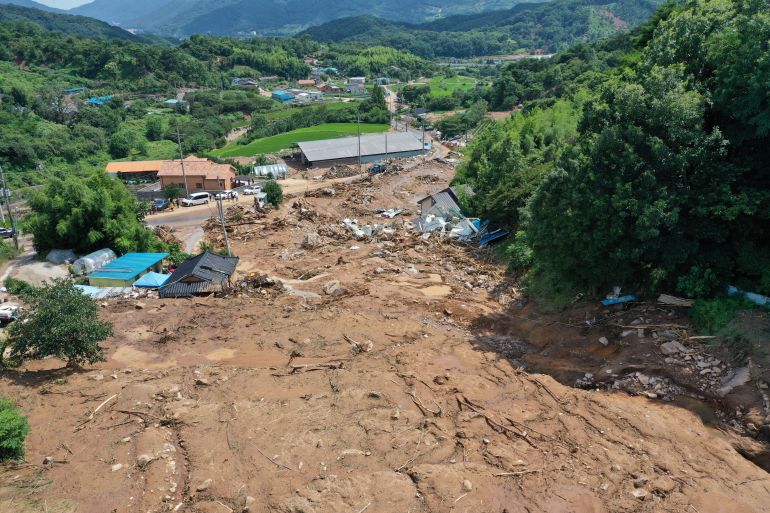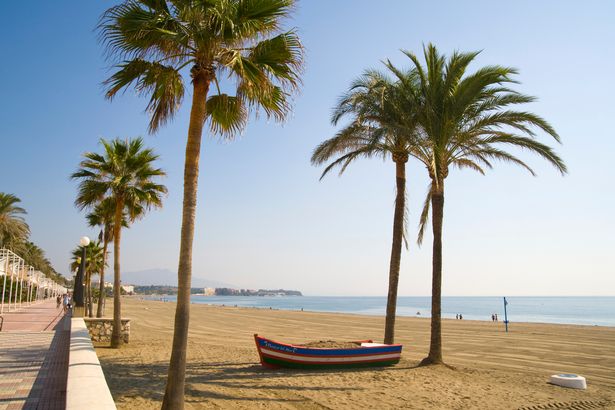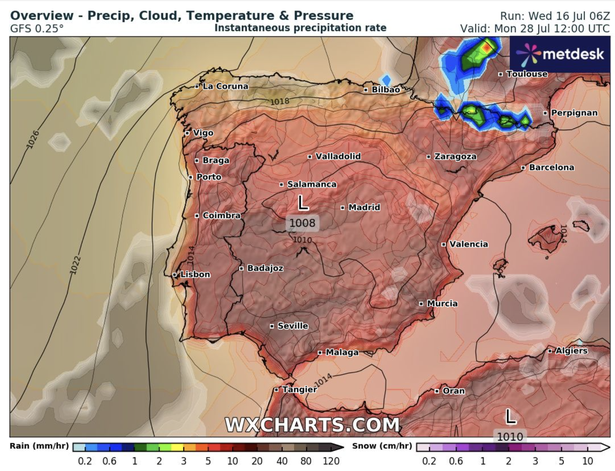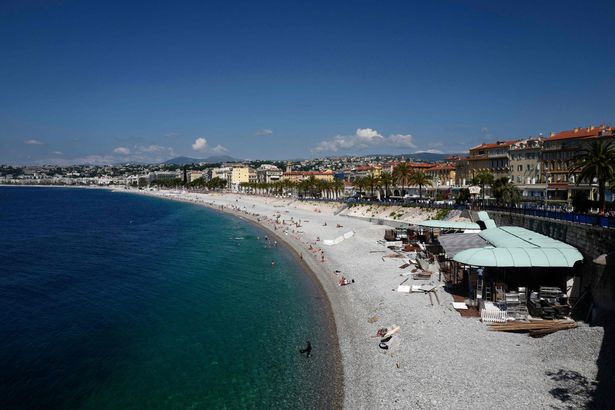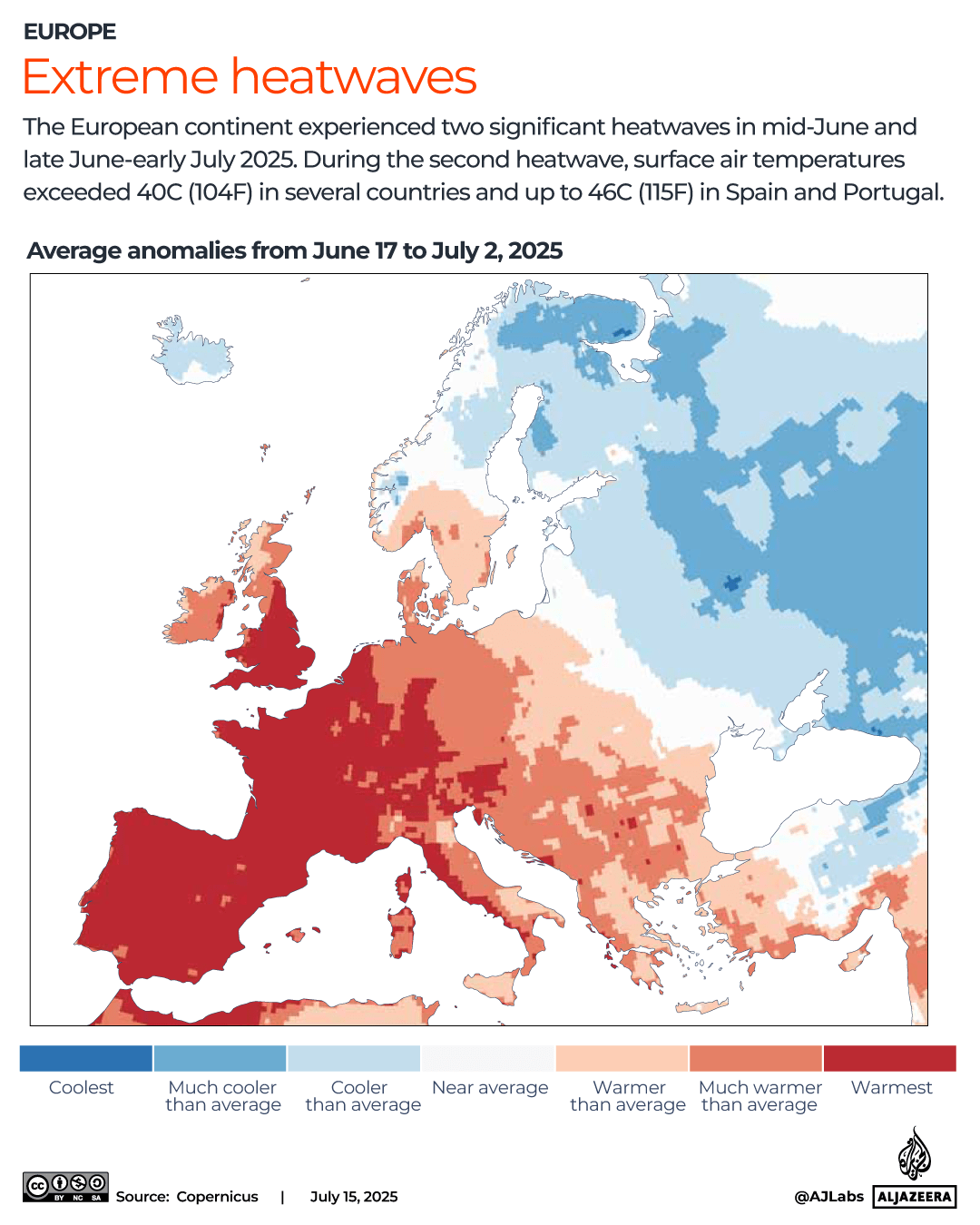As the kids break up from school, many people will be jetting off on a long-awaited summer vacay – here’s the lowdown on what the weather will have in store for you in the holiday hotspots
You could be wondering if booking that summer holiday was such a good idea since we seem to be having a blisteringly-hot season here in Blighty. But there’s nothing quite like the excitement of flying off to a foreign country to spend a week or two lounging around by the pool with a cocktail in hand or making sandcastles with the kids on the beach without a care in the world.
If you’re one of the lucky ones who have already booked your trip or are considering a last-minute getaway to recharge the batteries, it’s vitally important to know if you’ll need to pack a rain coat or a face fan. Here’s what the weather has in store in the top holiday destinations over the coming weeks.
Spain
Spain has long been the No.1 destination for Brits who adore its vast coastline with its beautiful beaches, rich culture and delicious cuisine. It’s generally cheaper than the UK and is also relatively close to us, meaning getting there isn’t too much of a trek.
If you’ve booked a trip there this summer you can expect it to stay true to its moniker of Sunny Spain. It’s wall to wall sun until the end of July, with highs of 40C – so make sure you pack plenty of sunscreen and a hat!
On a serious note, over the last couple of months the country has experienced a period of intense heatwaves with a massive rise in the number of heat-related deaths, so it’s important to follow local advice on staying safe.
France
Even closer to the UK than the Spanish top spot, you can hop on a ferry from the UK and be on French soil in an hour and a half, making it popular for those with young children and the elderly who don’t want to be travelling for hours.
The country’s rich history and landmarks make it a sight-seeing must while the Mediterranean beaches offer peaceful relaxation. Because of its location, the weather in France can be a little more unsettled.
For the next couple of weeks the north of the country and inland towards Paris can expect a mixture of sunshine, showers and the occasional thundery storm.
Temperatures will range from lows of 16C to highs of 32C. In the warmer south on the French Riviera, the weather will typically be more settled with a mixture of sunshine and occasional cloud. Temperatures range from highs of 30C to lows of 19C.
Portugal
What Spain’s little neighbour lacks in size it makes up for in its vibrant culture and delicious food and wine.
Visitors flock to the stunning beaches on the Algarve and can also soak up the country’s rich history in the cities of Lisbon and Porto.
Much like Spain, the weather forecast for Albufeira, Faro is expected to be intense sunshine until the end of July. There will be highs of 33C and lows of 18C.
Italy
Home of the Colosseum and countless other ancient sites of historical importance, Italy is brimming over with architecture, art and museums that display its rich cultural heritage.
It’s also famed for its exceptional cuisine of pizza, pasta and gelato. There are a varied range of beautiful beaches from miles of sandy shores to dramatic cliffs and secluded coves, not to mention the wonders and romance on the canals of Venice.
Be prepared for scorching weather if you’re heading to Italy this summer. There’s nothing but sunshine forecast until the end of July and extremely hot temperatures with highs of 37C not expected to drop lower than 22C at any time.
The young and elderly will be particularly affected so take necessary precautions such as staying out of the sun during peak hours and staying hydrated.
Greece
With a huge array of stunning islands and the mainland to choose from, tourists are spoilt for choice in this beautiful country. Whether you’re looking for a relaxing beach holiday on white sands with crystal clear waters, to visit ancient temples and UNESCO sites such as the Acropolis or dance the nights away in clubs, there’s something for everyone.
The Greeks are also well-known for their unique Mediterranean cuisine and warm hospitality.
You’re going to need cool clothes and lots of sunscreen if you’re heading off there this summer.
Apart from the chance of some (probably very welcomed) patchy rain on Tuesday July 22, it’s sunshine all the way until the end of the month. Temperatures will reach highs of 37C and potential lows of 16C.
Turkey
A vast country, most tourist destinations are located in the west and south. The Turkish Riviera on the Mediterranean coast and the Aegean coast offer some breathtaking beaches while there are plenty of ancient ruins from the Ottoman and other ancient eras for history buffs to visit.
Vibrant Istanbul is becoming more popular with those wanting a city break. The weather in Turkey is generally going to be very warm and sunny until the end of the month, with hot days and warm nights.
There will be highs of 40C and lows of 13C. The country has already experienced wildfires from the extreme heat and dry conditions so it’s always best to adhere to advice from your tour rep on staying safe.

